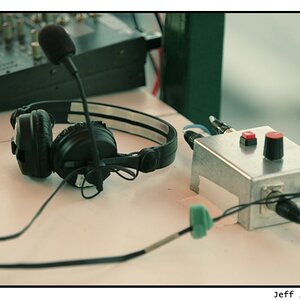midget patrol
TPF Noob!
- Joined
- Apr 14, 2006
- Messages
- 1,179
- Reaction score
- 0
- Location
- Fairfax, VA
- Can others edit my Photos
- Photos NOT OK to edit
...should only be an issue of using a glass element that serves the opposite purpose of a teleconverter. Right?
Does something like this exist? If not, why?
Does something like this exist? If not, why?









![[No title]](/data/xfmg/thumbnail/39/39469-3f2d242112dec8dc3e7b2836cc85afec.jpg?1619739042)




